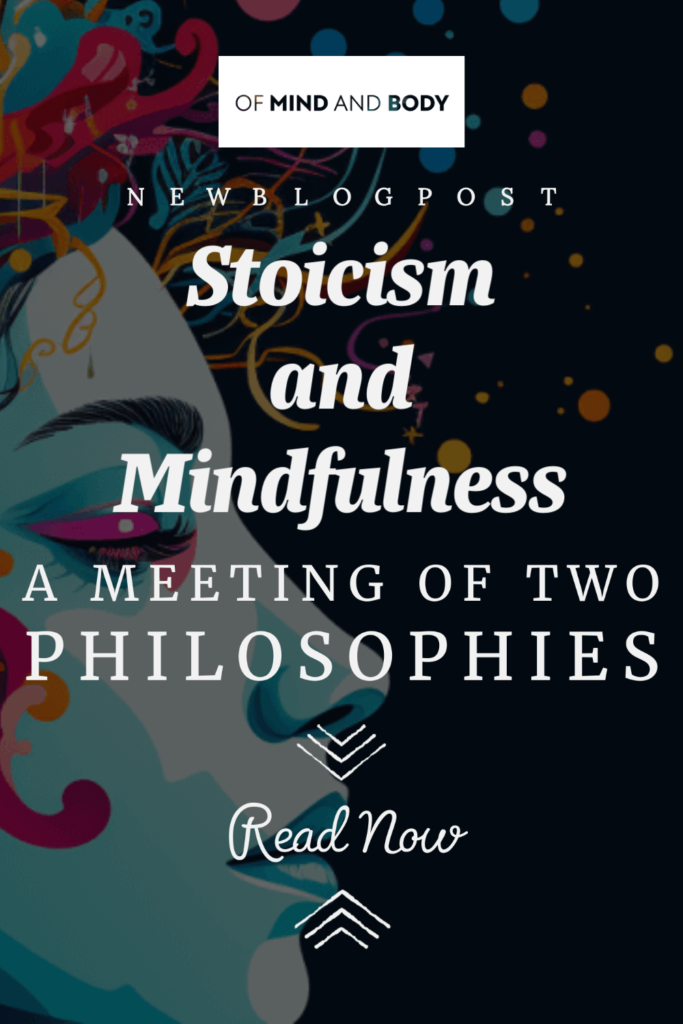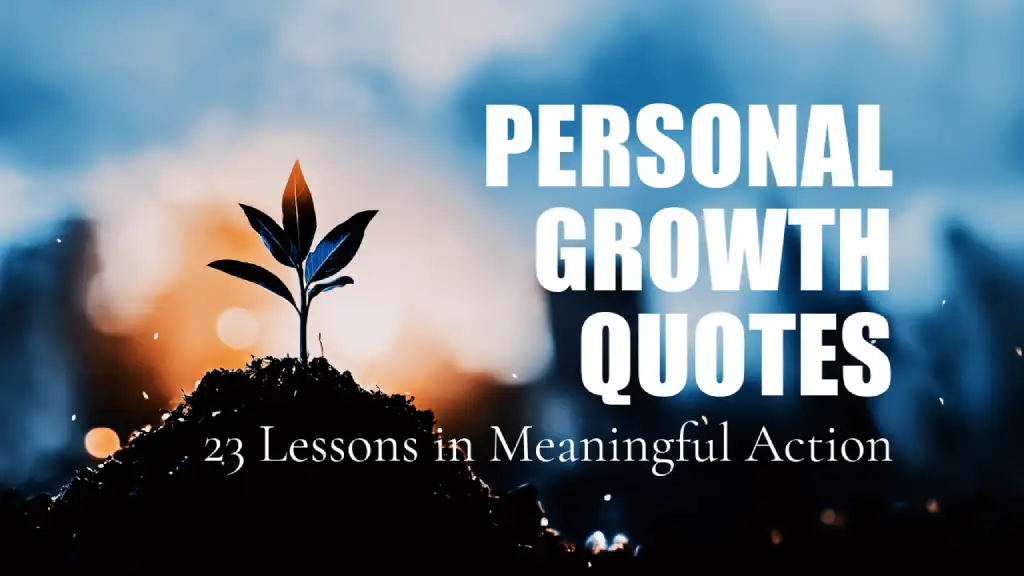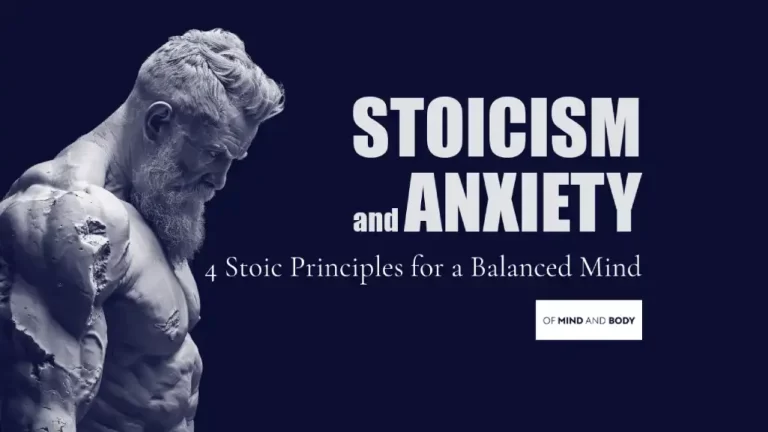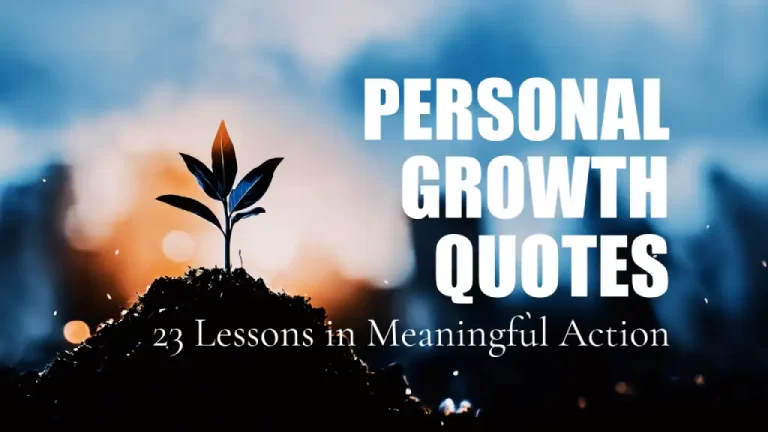
Following on from our forays into Stoicism and resilience, we now turn to a topic that bridges the ancient and the modern—Stoicism and Mindfulness. Mindfulness, a practice rooted in Buddhist tradition and widely embraced in contemporary psychology, shares significant common ground with Stoicism.
Stoic Mindfulness
Mindfulness, the practice of being fully present and engaged in the current moment, is a key aspect of Stoicism. Stoics value prosoche, or attention, directing their focus to the present moment and their current actions. This focus on the present allows Stoics to act with wisdom and virtue, aligning their actions with their values and principles.
The Common Ground: Stoicism and Mindfulness

Stoicism and mindfulness share several principles and practices. Both philosophies encourage us to focus on the present moment, to accept reality as it is, and to respond to life’s challenges with equanimity. Both practices cultivate awareness—of our thoughts, emotions, and actions—and encourage us to live intentionally, in alignment with our values.
While mindfulness helps us become more aware of our internal experiences, Stoicism provides a framework for interpreting and responding to these experiences. In this way, Stoicism and mindfulness complement each other, each enhancing the effectiveness of the other.
Practising Stoic Mindfulness

Stoic mindfulness involves regularly checking in with ourselves, observing our thoughts, emotions, and actions without judgement. It involves practising the dichotomy of control, focusing our attention on what we can control and accepting what we can’t. And it involves living in accordance with nature, aligning our actions with the natural order of the world.
Practical techniques for integrating mindfulness into Stoic practice include mindful meditation, where we focus our attention on our breath or another anchor to the present moment; and the Stoic exercise of the view from above, where we visualise ourselves from a great height to gain a broader perspective.
Mindfulness in Daily Life

Incorporating mindfulness into our daily routines can enhance our well-being, improve our relationships, and lead to greater success and fulfilment. Mindfulness can be practised in simple ways, such as paying full attention while eating, walking, or engaging in other routine activities. Over time, mindfulness can help us develop a more tranquil and focused mind, better equipping us to navigate life’s ups and downs.
Conclusion
Stoicism and mindfulness, while sprouting from different cultural roots, converge on a shared mission—to guide us towards a life brimming with fulfilment and meaning. By weaving mindfulness into our Stoic practice, we can heighten our awareness, live with purpose, and navigate life’s ups and downs with wisdom and balance.
As we continue our Stoic journey, our next stop will be the practical side of Stoicism. We’ll share tips and techniques to seamlessly blend Stoic principles into the fabric of our everyday lives.
I trust that this exploration of the intersection between Stoicism and mindfulness has deepened your understanding of Stoicism. But as we venture further, let’s not forget that Stoicism isn’t merely a philosophy to be understood—it’s a way of life to be lived. So, let’s not just learn about Stoicism, let’s live it, embodying the wisdom of these philosophers in every step we take.

















3 responses